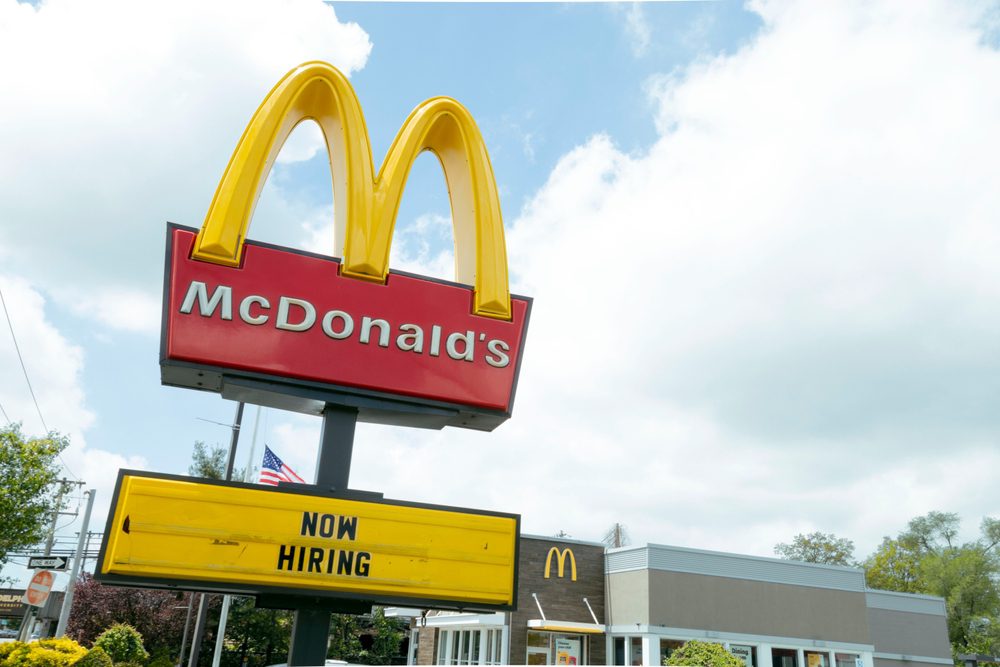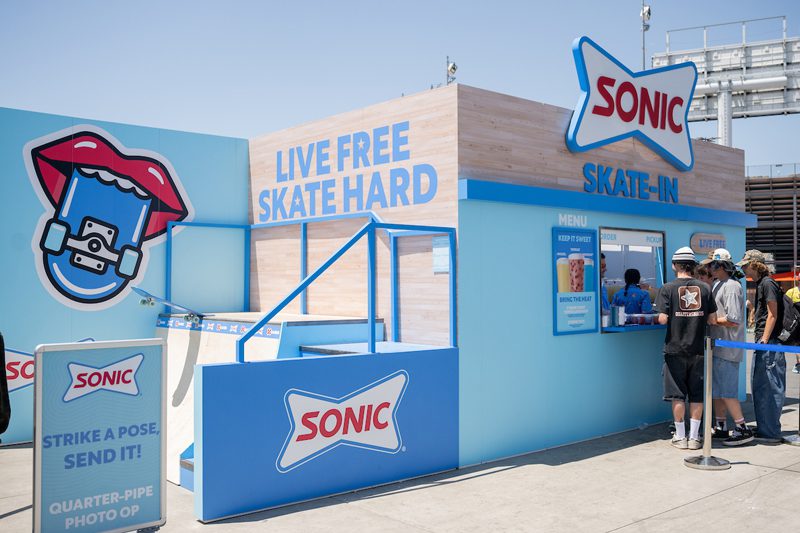One piece of parenting advice I heard years ago has done more for the neighbors’ kids than my own. The advice is this: Stop at every lemonade stand you pass.
I stop — whether I’m driving, walking or biking. Whether I have money or not. Whether the kids are strangers, or friends. It has made a small but important difference in my life. I have drunk marginally more Kool-Aid, lemonade, cold water (and warm water) than I would have otherwise, and spent well under $50 — roughly $5 a year — doing so. But I’ve had far more interesting conversations than if I had just stared straight ahead and passed by.
Over the years, I’ve learned that kids don’t think much about ice; they like to make change; and they usually want their cups back. The most endearing thing, though, is that they’d rather have customers with no money than no customers at all. A kid with a lemonade stand wants to pour and watch you drink. Lemonade stands are first about serving lemonade, and far behind that about making money.
A few weeks ago, Julian and Alexander were parked in lawn chairs at the edge of the field across from their house. It’s a busy road; they should have had decent business. But they had that sag of boredom (well-known to parents halfway through summer) and a fairly full pitcher of Day-Glo green Kool-Aid. I pulled my bike up the curb.
“Hi,” I said. “How’s business?”
“It’s all right,” Julian shrugged. Alexander nodded. These brothers can be men of few words.
“I don’t have any money,” I said. “I don’t even have pockets.”
They leaned forward together. “Oh, that’s okay,” Julian said, pulling a cup from the stack. “We’re about getting ready to close up shop anyway.” He poured. Alexander handed me the cup.
It was warm. It was strong. It was lime. (I hate lime.)
“This is really refreshing,” I said.
“We’d like the cup back when you’re finished,” Julian replied. “We’re running low.”
And then they told me about their trip to Peru last summer, and the week they spent in Iceland and London at Christmastime, and the camping trip to Michigan coming up this month. It’s true: A stiff drink really does grease the skids of conversation.
My sister-in-law had a lemonade stand famous among family members for making a bundle in 1968, the year they built a hospital down the block from her house. Each day the same construction workers trooped over, drawn by her blue eyes and blonde hair as much as the tall, cool pitcher full of ice.
You’d think lemonade stands would be passé in times like these, when we’re rarely out of our cars, and kids have reason to fear strangers, and coaches have to wait until the last player gets picked up from practice. But lemonade springs eternal, reinvented by each generation the same way girls always learn the same jump rope songs you knew and boys always turn sticks into weapons.
My daughter and her friend evolved from lemonade to Jelly Bellys, sorting jellybeans into Dixie cups by flavor and setting an elaborate price structure. They had grand plans to serve football fans who parked on our quiet street a few blocks from the college. They’d take nickels or pennies for a cupful of candy — whatever alums or parents had to offer. So much for margin.
But stands — lemonade, candy, face-painting — are about a different kind of commerce, where the currency is just as likely to be conversation as coins. Kids mix the drinks, hang the sign and then wait to see who takes them seriously enough to stop for a chat.
Alexander and Julian’s business picked up later that afternoon, and by the time they sold out, they had four cars parked at the curb and a pile of quarters in the cash box. They were refilling cups as fast as they could recycle them.
But they still had time to talk with the customers.
 Network
Network

